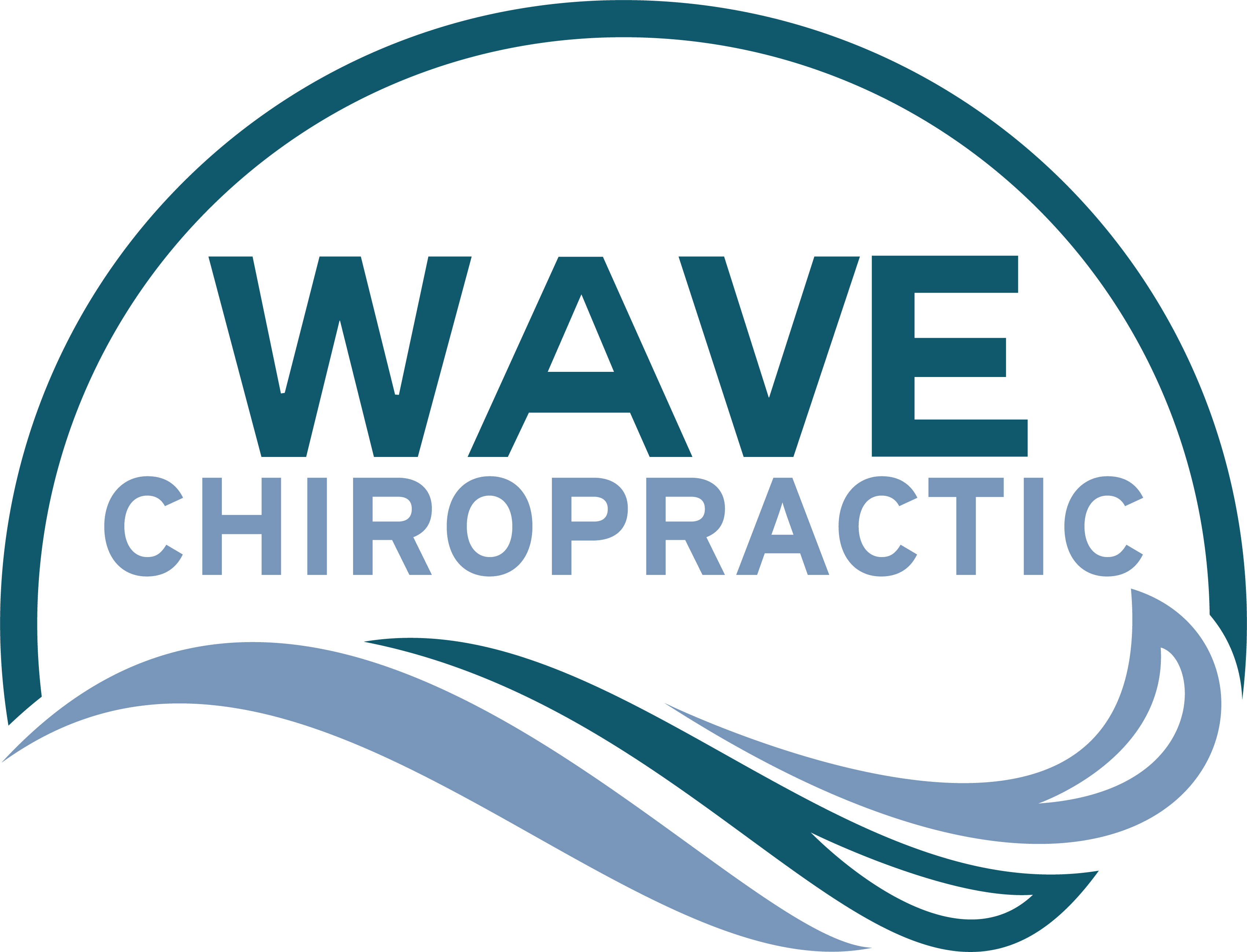You might be surprised to learn that 90% of pain management can be achieved through natural techniques that empower you to take charge of your well-being. Incorporating practices like mindfulness, gentle movement therapies, and dietary changes can greatly reduce your reliance on medications. By exploring these holistic approaches, you could not only alleviate pain but also enhance your overall quality of life. The question is, are you ready to discover how simple adjustments in your daily routine can lead to profound changes in your pain management strategy?
Understanding Pain Management
Pain management is a significant aspect of overall health and well-being. Understanding how pain works and the various approaches to manage it can empower you to take control of your health. Pain isn't just a physical sensation; it's a complex experience influenced by emotional, psychological, and social factors. By recognizing this, you can better address the root causes of your discomfort instead of just masking the symptoms.
When it comes to managing pain, you've got a range of options. Traditional methods like over-the-counter medications can offer temporary relief, but they often come with side effects. Instead, consider exploring natural techniques that can help reduce your pain without the risks associated with pharmaceuticals. Techniques such as physical therapy, chiropractic adjustments, and acupuncture can provide significant relief by promoting healing and improving function.
You should also pay attention to your lifestyle choices. Regular exercise, a balanced diet, and adequate sleep can all contribute to reducing pain levels. Staying hydrated is essential too, as dehydration can exacerbate pain.
Moreover, understanding your pain triggers is essential. Keeping a pain diary can help you identify patterns and develop strategies to avoid or manage those triggers. This proactive approach allows you to tailor your pain management plan to your specific needs, making it more effective.
Mindfulness and Meditation
Mindfulness and meditation can greatly enhance your ability to manage pain.
By incorporating simple techniques and breathing exercises into your routine, you can experience relief and improve your overall well-being.
Let's explore the benefits of mindfulness practice and how it can transform your pain management approach.
Benefits of Mindfulness Practice
In the domain of natural pain management, practicing mindfulness offers a powerful avenue for relief and healing. When you engage in mindfulness, you become more aware of your thoughts, emotions, and bodily sensations. This heightened awareness can help you manage pain more effectively, as it fosters a sense of control and acceptance over your experiences.
Here are some benefits you may experience from incorporating mindfulness into your pain management routine:
- Reduced stress: Mindfulness calms your mind, helping you to let go of anxiety and tension that can exacerbate pain.
- Enhanced emotional resilience: It allows you to process difficult emotions, leading to a greater capacity to cope with pain.
- Improved focus: You'll find it easier to concentrate on daily tasks, preventing pain from dominating your thoughts.
- Greater self-compassion: Mindfulness nurtures kindness towards yourself, promoting healing and reducing self-criticism.
- Heightened body awareness: You'll learn to listen to your body's signals, which can lead to more effective pain management strategies.
Meditation Techniques for Pain
Utilizing meditation techniques can greatly enhance your ability to manage pain. By incorporating mindfulness and meditation into your daily routine, you can cultivate a deeper awareness of your body and its sensations. This awareness helps you detach from the pain, reducing its emotional intensity and allowing you to respond to discomfort more calmly.
Begin with a simple mindfulness meditation. Find a quiet, comfortable space, close your eyes, and focus on your breath. Notice each inhale and exhale while gently acknowledging any pain that arises without judgment. This practice trains your mind to accept discomfort as a natural part of your experience rather than something to fight against.
You might also explore loving-kindness meditation, where you send compassionate thoughts to yourself and others. This can foster a sense of connection and ease emotional suffering linked to physical pain.
Experiment with guided meditations specifically designed for pain management. Numerous apps and online resources offer sessions tailored to your needs.
Breathing Exercises for Relief
Breathing exercises are powerful tools to help you find relief from pain and stress. When you focus on your breath, you anchor yourself in the present moment, allowing tension and discomfort to melt away. Engaging in these techniques can create a profound sense of calm and clarity.
Here are some benefits of incorporating breathing exercises into your routine:
- Reduces anxiety: Deep, controlled breaths can ease feelings of worry and fear.
- Enhances focus: Concentrating on your breathing clears your mind, improving mental clarity.
- Increases relaxation: Slow, rhythmic breathing activates your body's relaxation response.
- Lowers heart rate: Mindful breathing helps regulate your heart rate, promoting a sense of peace.
- Improves pain tolerance: By calming the mind, you can increase your ability to manage discomfort.
To get started, find a quiet space, close your eyes, and take a deep breath in through your nose. Hold it for a moment, then exhale slowly through your mouth.
Repeat this process, allowing yourself to feel each breath. Over time, you'll notice a significant shift in how you experience pain and stress. Embrace the power of your breath!
Herbal Remedies
Many people turn to herbal remedies as a natural way to alleviate pain without relying on pharmaceuticals. These remedies can offer relief from various ailments, including headaches, joint pain, and muscle soreness. You might find that certain herbs possess anti-inflammatory and analgesic properties, making them effective choices for your pain management routine.
One popular option is turmeric, which contains curcumin, a compound known for its powerful anti-inflammatory effects. You can easily incorporate turmeric into your diet by adding it to meals or taking it as a supplement.
Another effective herb is ginger, which not only helps reduce inflammation but also alleviates nausea often associated with pain.
Willow bark is another interesting option you might want to take into account. It contains salicin, a compound similar to aspirin, and can help relieve pain, particularly in the back and joints. You can find willow bark in teas, capsules, or tinctures.
If you're dealing with muscle pain, think about using arnica, a topical treatment derived from a flower. It's known for its ability to reduce swelling and bruising, providing fast relief when applied directly to the affected area.
Peppermint oil can also be beneficial, especially for headaches. You can apply diluted peppermint oil to your temples and massage it in for soothing relief.
Remember to consult with a healthcare professional before starting any herbal remedy, especially if you're taking other medications or have underlying health conditions.
With the right approach, herbal remedies might just become your go-to for natural pain relief.
Dietary Adjustments
Adjusting your diet can greatly impact your pain management strategy. The food you choose to consume can either exacerbate your pain or help you find relief. By being mindful of what you eat, you can support your body's healing processes and reduce inflammation.
Here are some dietary adjustments you can consider:
- Focus on anti-inflammatory foods: Incorporate fruits, vegetables, and whole grains to fight inflammation.
- Limit processed sugars and refined carbs: These can trigger pain and inflammation, so opt for natural sources of sweetness.
- Choose healthy fats: Avocados, nuts, and olive oil can reduce inflammation and promote overall well-being.
- Stay hydrated: Drinking enough water keeps your joints lubricated and can help alleviate discomfort.
- Consider food sensitivities: Identify and eliminate foods that may cause digestive issues or inflammation, like gluten or dairy.
Making these changes might seem challenging, but remember that small, consistent adjustments can lead to significant improvements over time.
You're not just changing your meals; you're taking control of your health. Embrace this journey and notice how your body responds to these healthier choices.
With each bite, you're empowering yourself to manage pain naturally and effectively. So, take that first step today—your body will thank you!
Gentle Movement Therapies
Gentle movement therapies can play an essential role in your pain management journey. These practices, such as yoga, tai chi, and gentle stretching, focus on fluid movements that promote relaxation, flexibility, and strength without putting excessive strain on your body.
When you engage in these therapies, you not only enhance your physical well-being but also cultivate a deeper connection between your mind and body.
Incorporating gentle movement into your routine can help alleviate pain by improving blood circulation and reducing muscle tension. You might find that just a few minutes of gentle stretching each day can lead to significant relief.
Yoga, in particular, emphasizes breath control and mindfulness, allowing you to focus on the present moment while gently stretching your muscles. This can shift your attention away from pain and create a sense of calm.
Tai chi, often described as "meditation in motion," combines slow, deliberate movements with breathing techniques. It's easy on the joints and can be particularly beneficial if you're dealing with chronic pain conditions.
By practicing tai chi regularly, you can improve balance and coordination, reducing the risk of injury.
Whether it's a gentle yoga class or a few tai chi movements in your living room, these therapies encourage you to listen to your body.
As you explore gentle movement, you'll likely discover not only pain relief but also a newfound sense of empowerment over your health.
Embrace these therapies and watch how they transform your pain management journey.
Lifestyle Modifications
Making specific lifestyle modifications can greatly enhance your pain management efforts. By making small but impactful changes in your daily routine, you can create a more supportive environment for your body. Here are some key adjustments to contemplate:
- Prioritize sleep: Quality rest is essential for healing. Aim for 7-9 hours of uninterrupted sleep each night.
- Stay hydrated: Water plays a crucial role in reducing inflammation. Drink plenty of fluids throughout the day to keep your body functioning efficiently.
- Eat a balanced diet: Incorporate anti-inflammatory foods like fruits, vegetables, whole grains, and healthy fats. Foods rich in omega-3 fatty acids, like salmon, can help reduce pain.
- Manage stress: High stress levels can exacerbate pain. Incorporate mindfulness practices like meditation, yoga, or deep-breathing exercises into your routine.
- Limit alcohol and caffeine: Both can interfere with sleep and increase pain sensitivity. Reducing your intake can lead to noticeable improvements.
Conclusion
By embracing these 90% natural pain management techniques, you can take charge of your well-being and enhance your quality of life. Incorporating mindfulness, herbal remedies, dietary changes, and gentle movement into your routine helps alleviate pain and fosters emotional resilience. Remember, every small step counts towards a healthier lifestyle. So, why not start today? You have the power to manage your pain naturally and promote healing without solely relying on medications.

